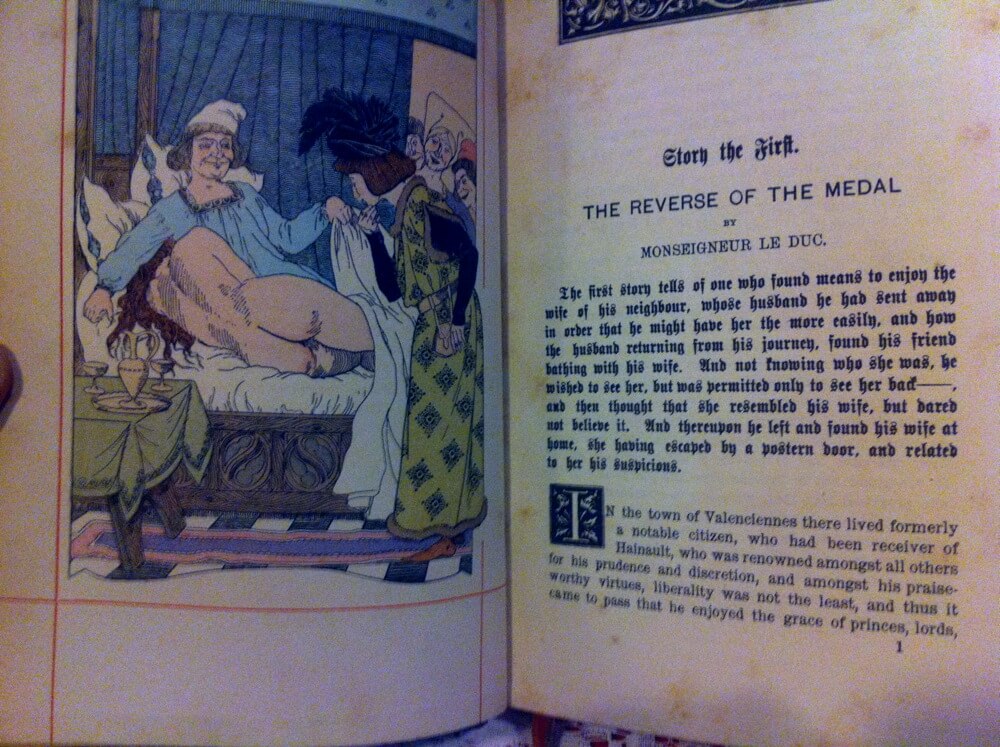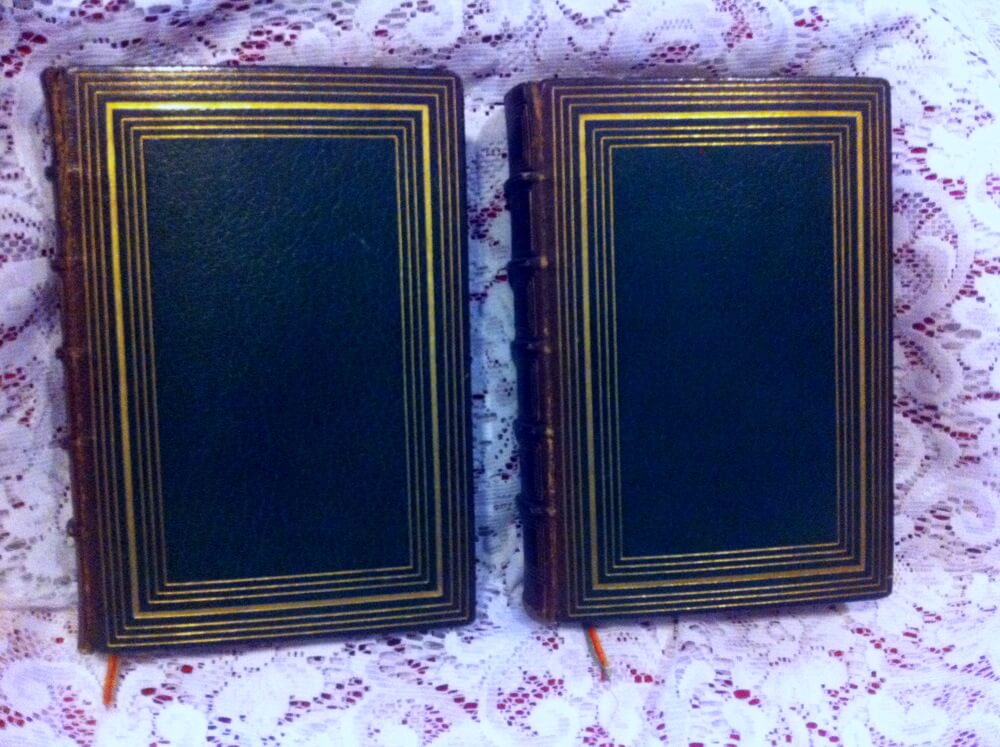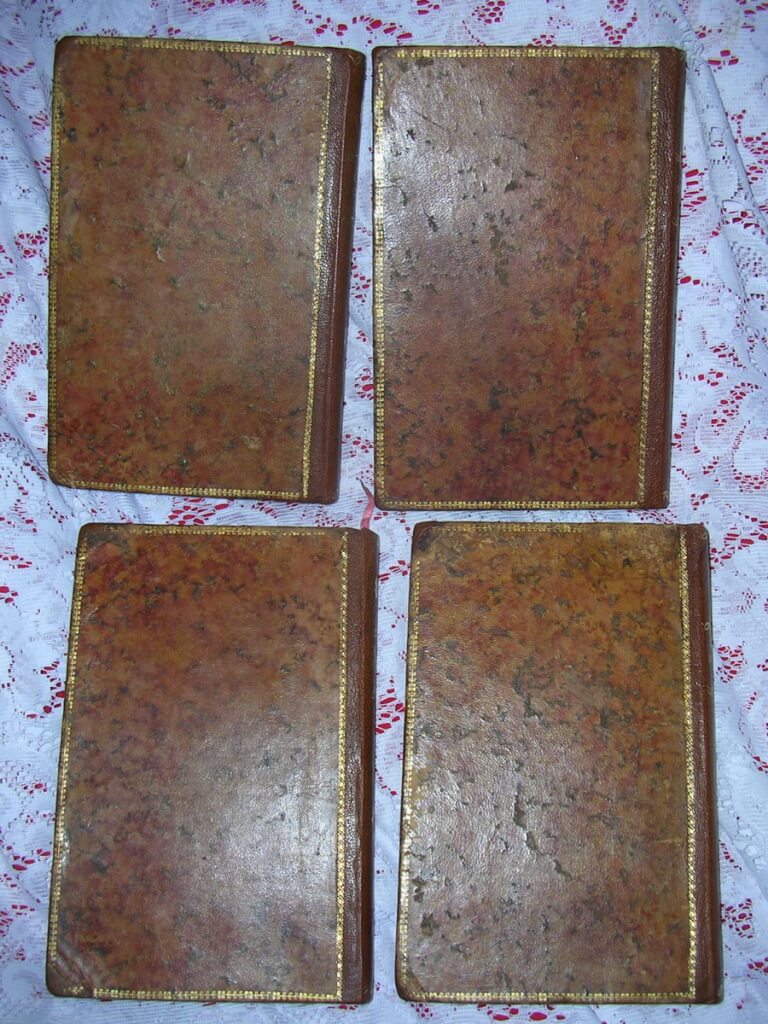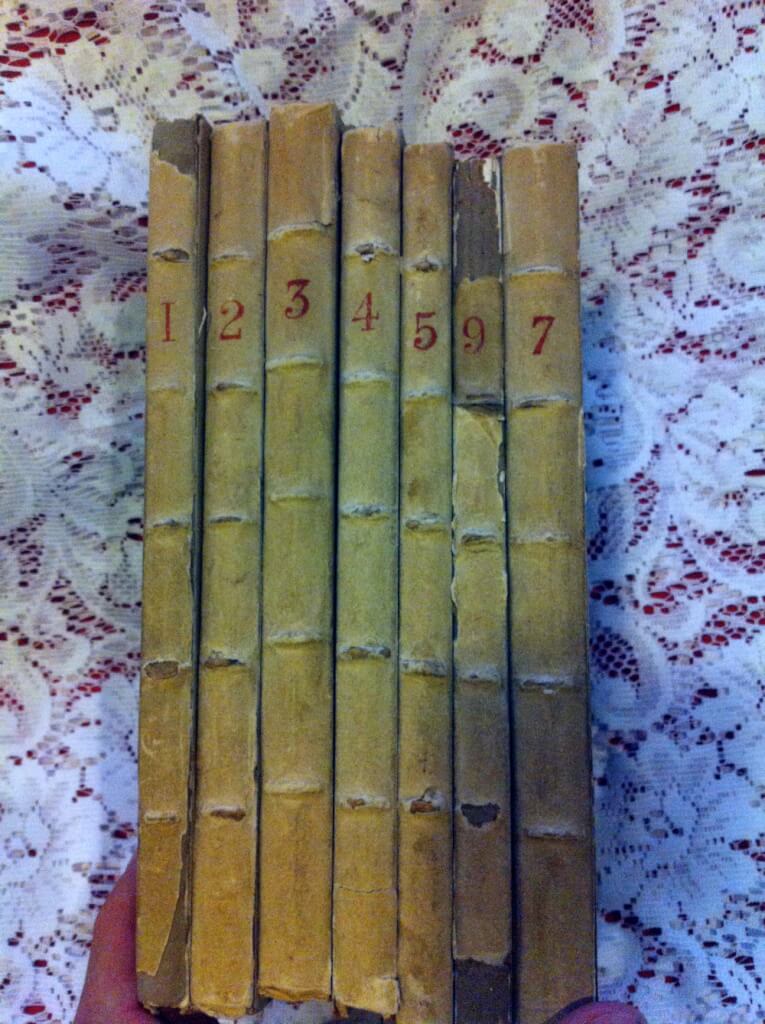The London Aphrodite, ed. Jack Lindsay and P.R. Stephensen (Fanfrolico Press, “printed by the Botolph Printing Works”, London, 1928 – 29)
9.75″ X 6.25″, 496pp numbered sequentially throughout series, v1 1-64, v2 45-160, v3 161-232, v4 233-316, v5 317-400, v6 401-496, full set of 6 planned issues, great condition for age, the expected sunning/fading from soft-cover periodical of this era, small ink price stamp to front of v1.
A periodical edited by Jack Lindsay and P.R. Stephensen and published in London by the Fanfrolico Press, ran bi-monthly for a planned six issues August 1928 – June 29. Self-described as “A Miscellany of Poems Stories and Essays by Various Hands Eminent or Rebellious.” Named as a rebuttal of the conservatism of J.C. Squire’s London Mercury, it was committed to the same aesthetic attitudes as Vision. Some prominent writers, including Aldous Huxley, Norman Lindsay, Robert Nichols, Liam O’Flaherty, Edward Marsh, Edward Marsh, Norman Douglas, Stanley Snaith, Alexander Blok, Hugh McCrae, Kenneth Slessor, Philip Lindsay, Brian Penton, P.R. Stephensen, Les Robinson, W.J. Turner, Bertram Higgins, E.J. Rupert Atkinson, Sacheverell Sitwell, T.F. Powys, Rhys Davides, and Edith Hepburn (‘Anna Wickham’). Jack Lindsay, the dominant force, used the pseudonym ‘Peter Meadows’ for several articles.
Fanfrolico Press, Australia’s first ‘private press’ in the arts-and-craft tradition, was founded by Jack Lindsay, P. R. Stephensen and John Kirtley, originally in North Sydney in 1923. The press specialized in printings artful, limited editions of classics and forgotten works that were suited to the extravagant style of artist like his father, artist, sculptor and author Norman Lindsay who illustrated many of their books. Fanfrolico was scornful of modernism and with its florid style determinedly backward-looking. They did surprisingly well, despite the lack of business expertise of their young, ambitious “bohemian” owners, eking out a living despite the risky move to London in 1926 and upheavals in ownership that saw the departure in 1927 of Kirtley, and then Stephenson in 1929. Sometime in 1930 they published their last book.









